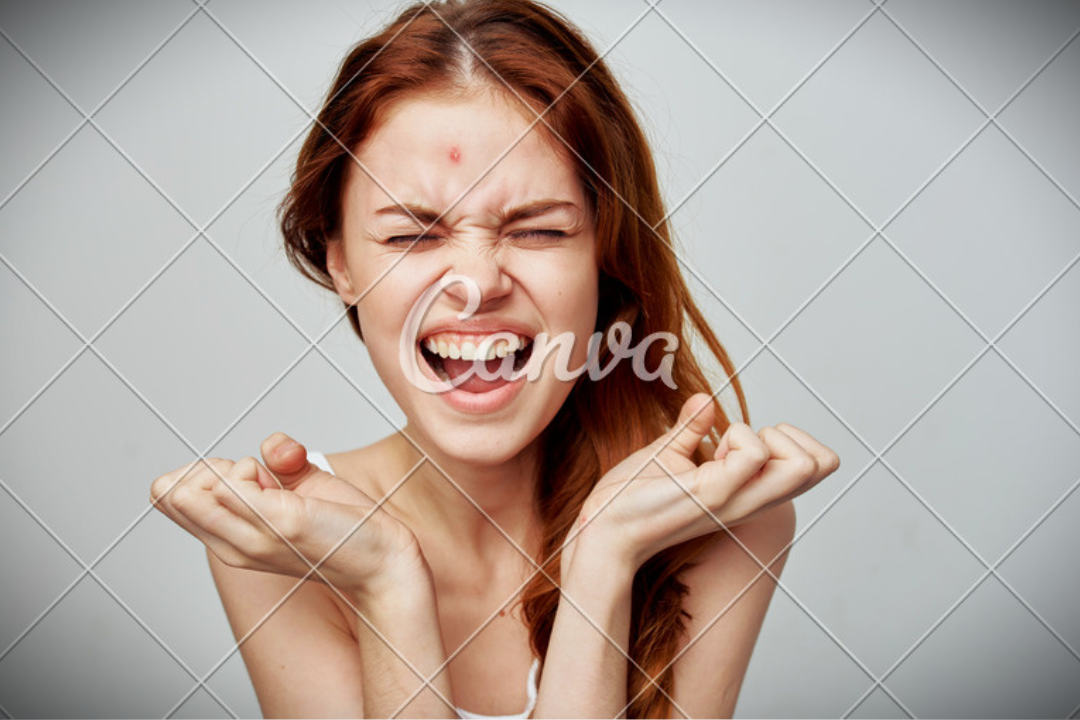Skin Care experts debunk myths about pimples
All the information you think you know about pimples might actually be nothing more than rumors or a mix of misconceptions. Here, experts are dispelling common misconceptions surrounding pimples. Whether it’s your neighbor next door, your best friend, or friends of friends, everyone seems to have something to say about skin concerns, especially acne – a prevalent skincare issue faced by many.
But did you know that everything you believe to be true about pimples might actually be nothing more than a rumor or a collection of misconceptions?
During the Quench Botanics masterclass on skincare myths 101, a team of experts unravels the myths surrounding acne that have been circulating both online and offline
#Myth A: “It is acceptable to pop pimples when they are ready.
Absolutely not! Pimples are never “ready” to be popped. Though you might feel tempted to extract the gunk or pus, it’s essential to resist the urge. Popping the pimples can lead to stubborn acne scars on your face and may even result in they infections, causing and further damage to your skin. It’s best to avoid such practices for the sake of your skin’s health
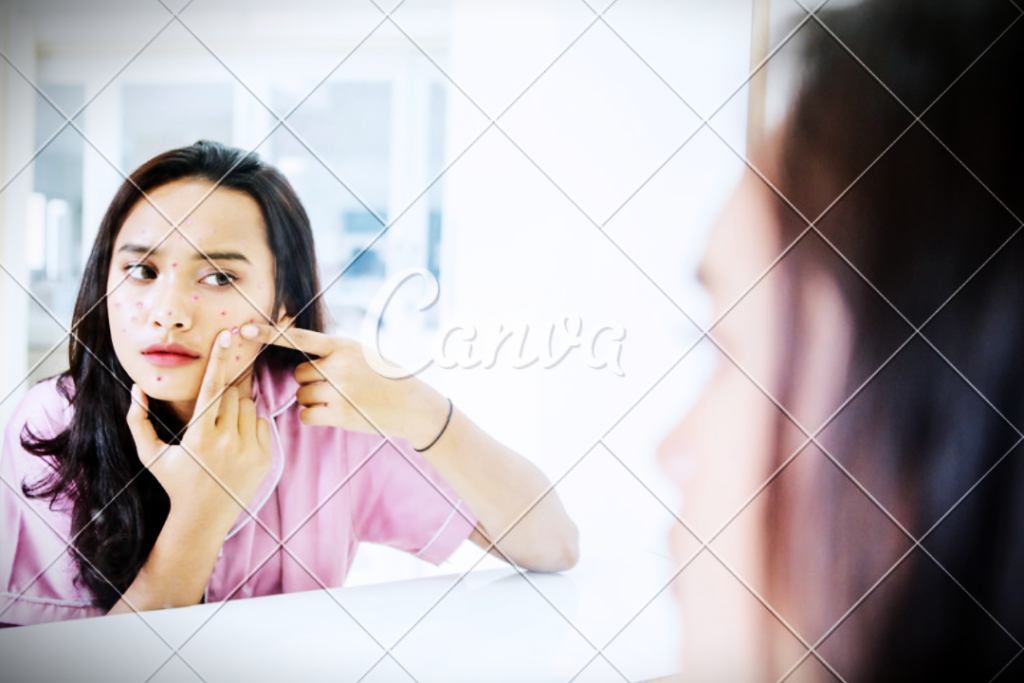
Myth: B” You can get pimples overnigh
While you might feel like you get pimples overnight, particularly before important events or gatherings, acne doesn’t appear out of nowhere. In reality, this is one of the most widespread acne myths. The true reason behind a sudden pimple on your face is likely the result of neglected and unclean pores. Even though you may not notice the pimple until it becomes visible in the mirror, clogged pores are silently developing into bacterial infections, eventually causing breakouts. Regularly caring for your skin and keeping your pores clean can help prevent such occurrences.
Myth: C” Pimples occur only during the teenage years
pleas rewrite this properly “Thanks to puberty, pimples are a common skin issue that often troubles us during our teenage years. However, it’s essential to note that the adults can also experience acne. Various factors contribute to the adult acne, include hormone fluctuations, increased the stress, unhealthy lifestyle habits like smoking, alcohol consumption, and binge eating additional, medication side effects, undiagnosed medical problems, family history, genetics, skin care products, hair care products, and environmental factors can all play a role in causing adult acne.
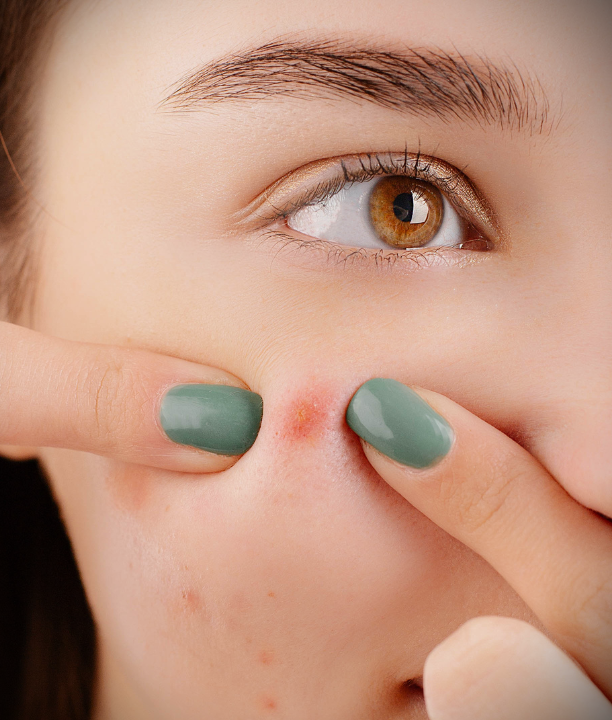
So, are you believe that acne is exclusive to teenagers or that it will automatically disappear once you reach your 20s, think again! Acne can occur at any age and stage of life, and it’s important to be mindful of these contributing factors to effectively manage and treat acne regardless of your age
Myth: D “Pimples only appear if you are eating wrong
Common acne myths often unfairly target food habits and often demonize carbohydrates. While pizza, chocolate, and fries are often blamed, high-calorie foods aren’t always the sole culprits behind acne outbreaks and damage on your skin health. The relationship between sugar and salt is essential for maintaining good skin, but poor eating habits are just one of the many factors contributing to pimples.
Other reasons behind acne breakouts can include inadequate hygiene practices, the use of comedogenic makeup, insufficient skincare routines, and even excessive cleansing. It’s important to consider various factors when trying to manage and prevent acne, rather than solely focusing on food choices.
Myth: E” Pimples can vanish with overnight treatments
We wholeheartedly support the use of acne patches as an effective way to deal with troublesome pimples quickly. However, that would be unwise to believe that these treatments can magically make your acne vanish overnight. While pimple patches or acne removal solutions can greatly diminish the appearance of pimples, it may still take around four to six weeks for them to completely disappear.
For an efficient solution, try Quench Botanics Mama Cica Zit Away Treatment Patches. These Korean acne patches work swiftly, yet gently and effectively. They are enriched with natural acne-fighting ingredients such as tea tree oil, witch hazel, Korean ginseng, lotus root, and circa extracts, which help reduce inflammation, soothe and heal irritation, and combat spots effectively. So, while the patches can provide remarkable results in minimizing pimples, remember that consistent use and patience are key factors in achieving the best outcome for your skin.
Myth: F” You can only get pimples on your face
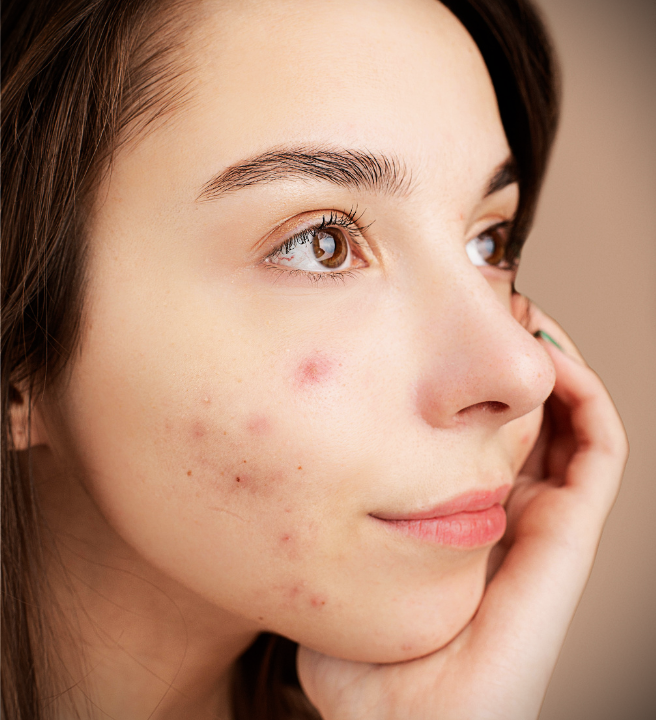
Acne can appear they anywhere there are sebaceous glands on the body. Body acne is a common issue experienced by people of all they genders and typically manifests on the shoulders, buttocks, back, and even the chest. Dealing with bacne (back acne) can be more challenging compared to facial acne due to the thicker layer of skin on our body, which can show resistance to some skincare products.
Maintaining good hygiene habits is crucial in preventing back or body acne. It’s essential to shower regularly and follow a thorough body care routine to care for your skin effectively and keep acne at bay. By adopting these practices, you can help promote clearer and healthier skin on your body.
FAQ
What are pimples?
The Pimples are small raised blemishes that appear on the skin’s surface. They can become inflamed discolored. Acne is a common condition that often leads to the development of pimples, primarily on the face, chest, shoulders, and upper back.
What’s the difference between acne and pimples?
Acne is a skin condition considered a disease. Pimples, on the other hand, can be a symptom of acne.
What are the symptoms of pimples?
Several types of pimples, each with distinct symptoms:
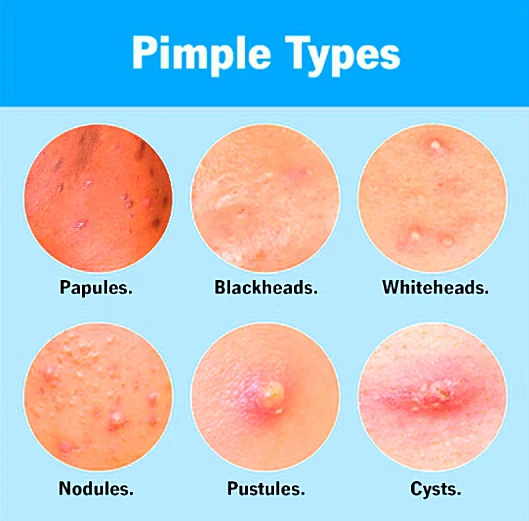
Papules: These are small bumps that can become inflamed, leading to warmth, tenderness, and pain.
Blackheads: Open pores on the skin containing excess oil and dead skin, appearing like dark spots or specks of dirt due to irregular light reflection off the clogged follicle.
Whiteheads: Closed bumps filled with oil and dead skin, appearing white or yellowish in color.
Nodules: Rounded or irregularly shaped masses, often deep within the skin, causing significant pain and discomfort.
Pustules: Pimples filled with pus, resembling whiteheads surrounded by discolored rings. Picking or scratching pustules can result in scarring.
Cysts: Pimples filled with thick, yellow or white fluid composed of dead white blood cells, tissue fragments, and bacteria (pus). Cysts can lead to scarring.
The symptoms experienced will depend on the specific type of pimple you have, and it’s essential to treat them properly to avoid complications and potential scarring.
Are pimples contagious?
Pimples are not contagious, and you cannot transmit them to another person through skin-to-skin contact.
For more information visit my web site
like more contents
